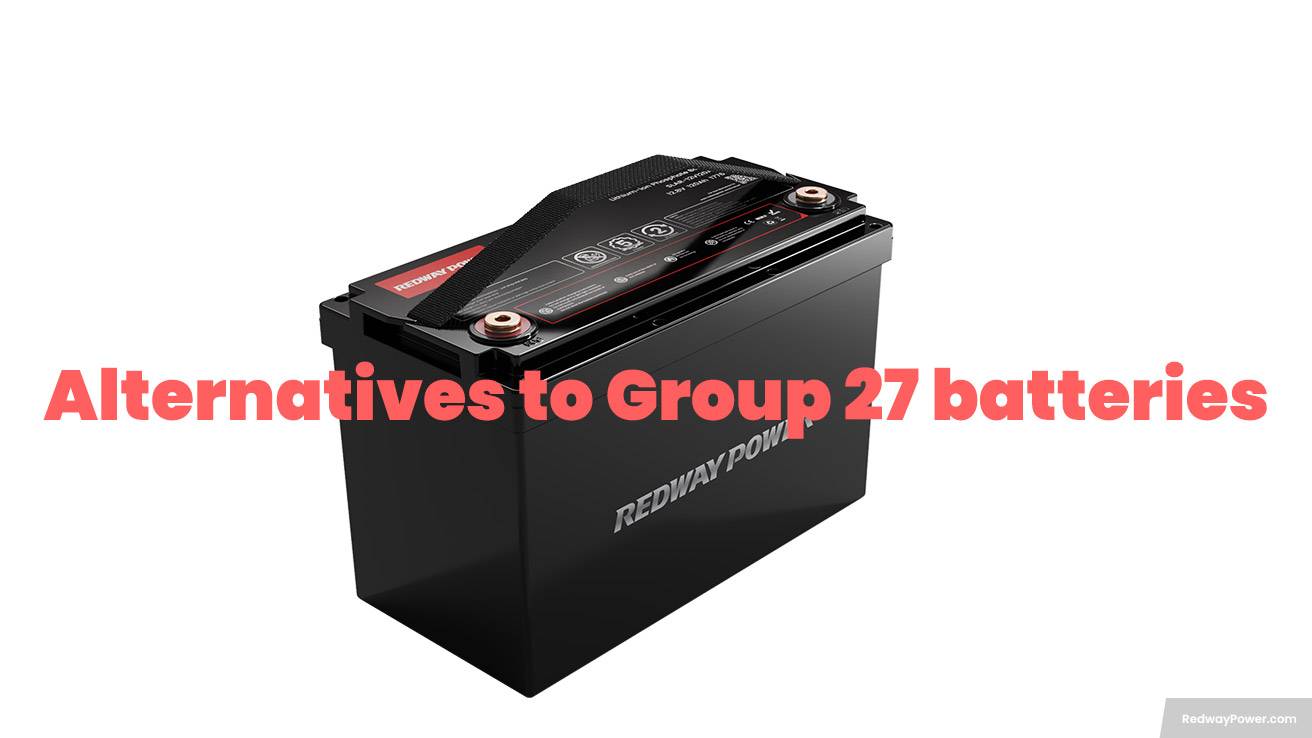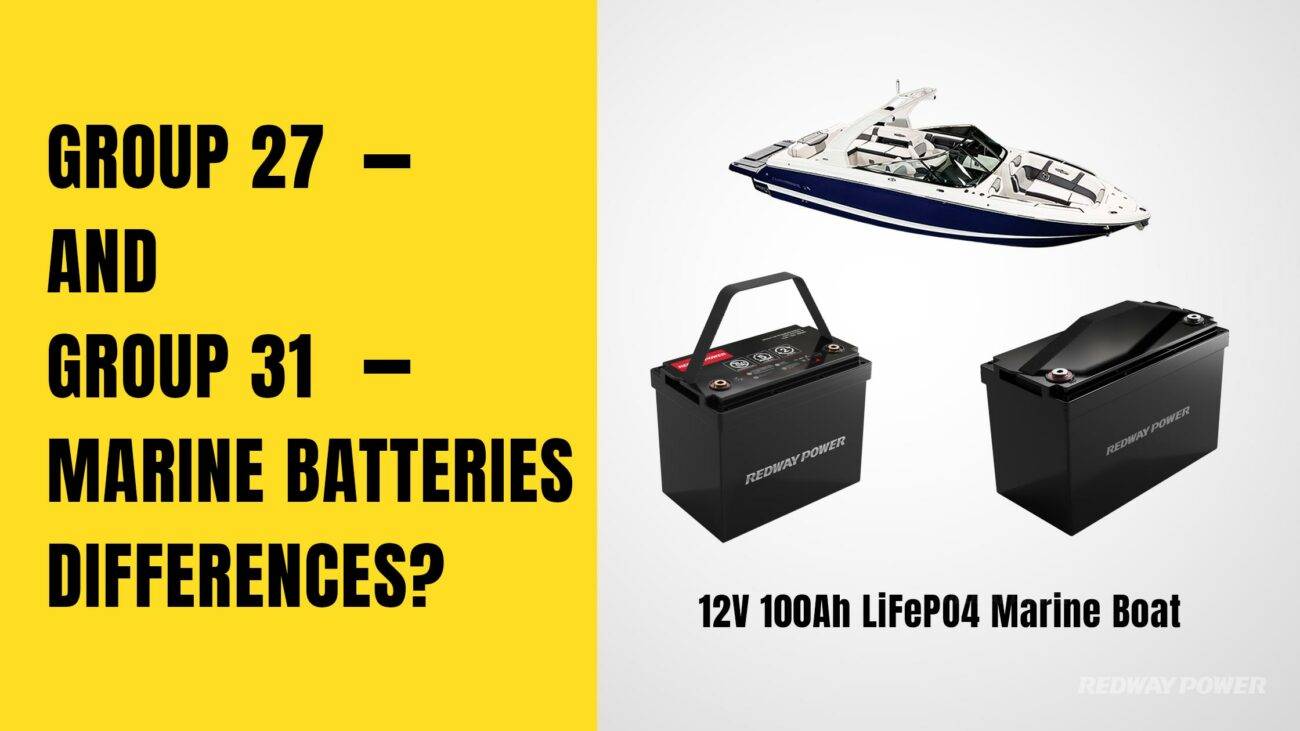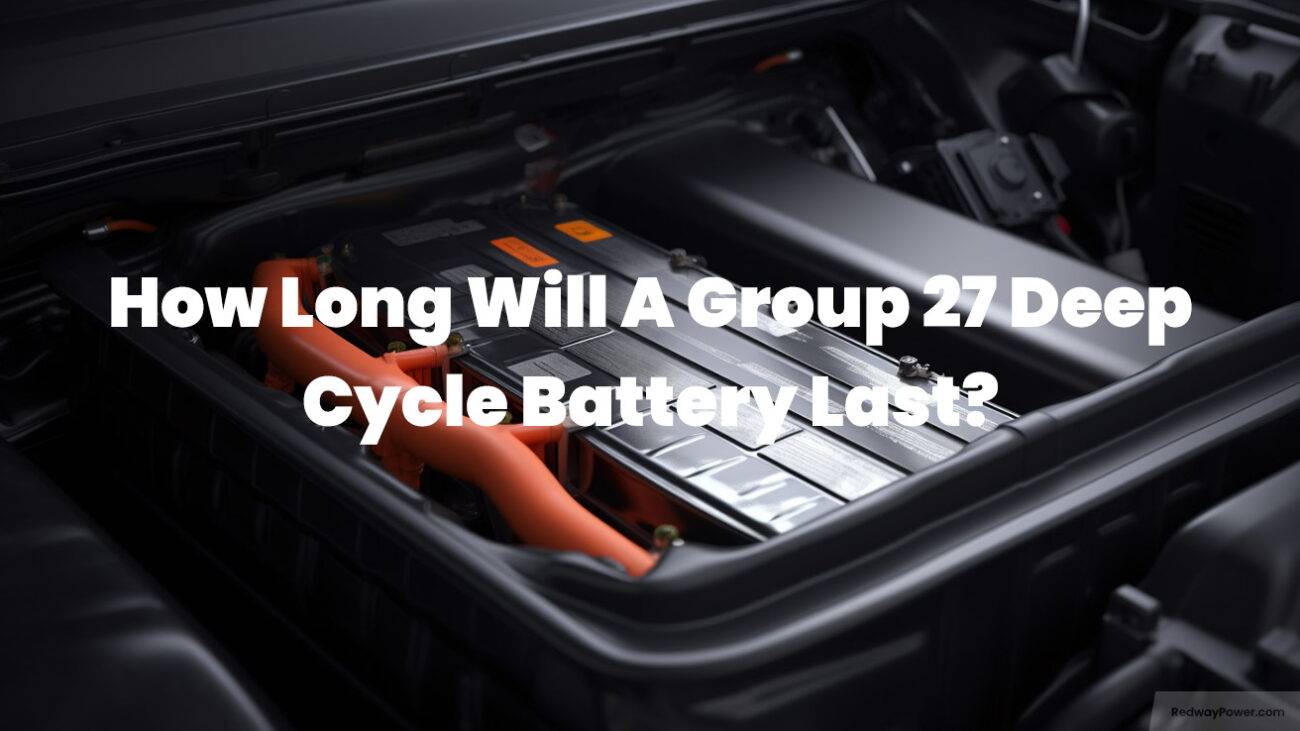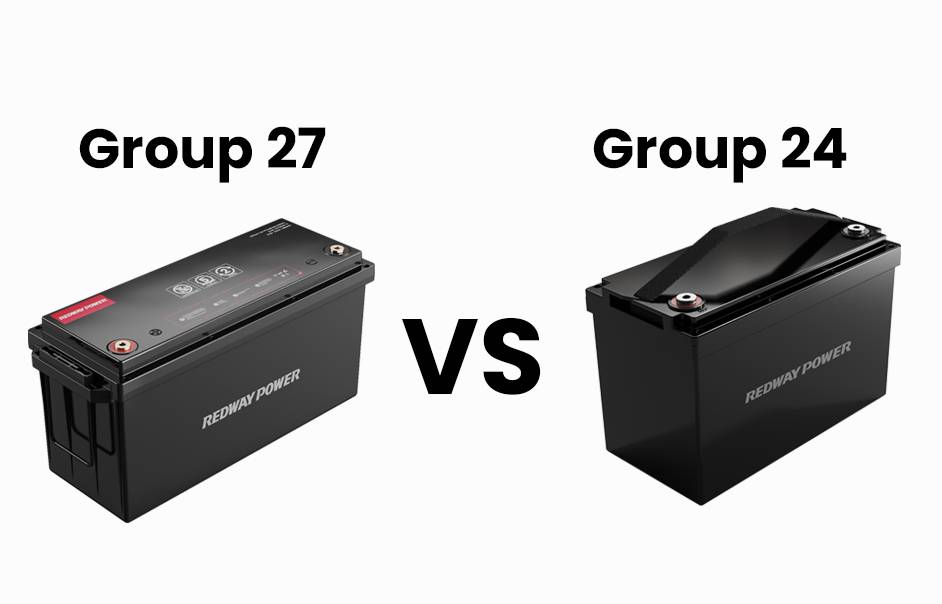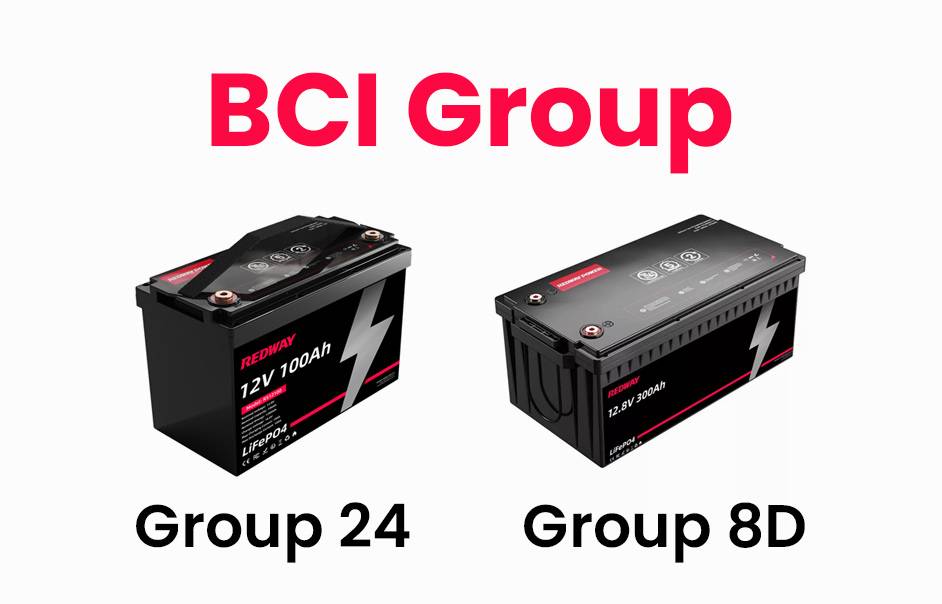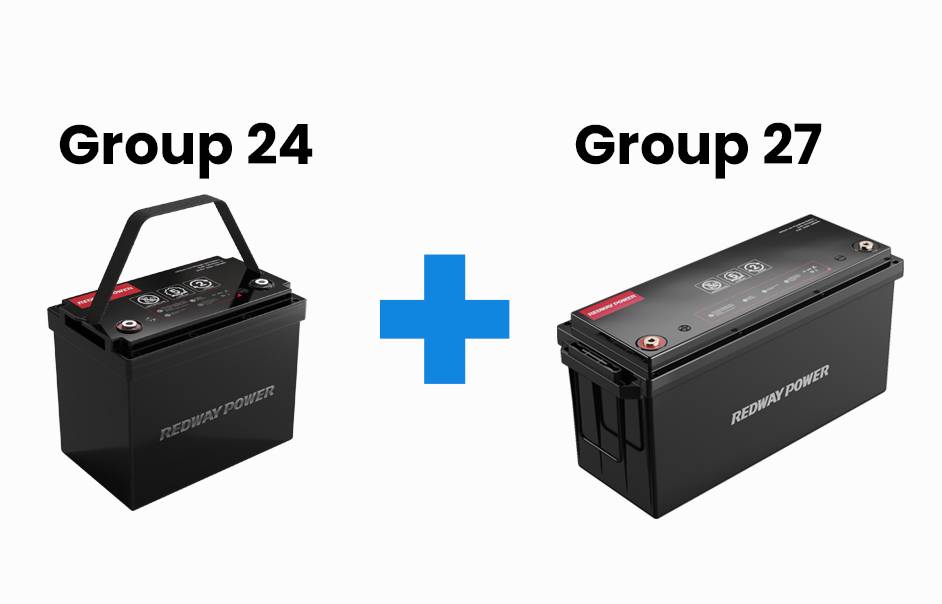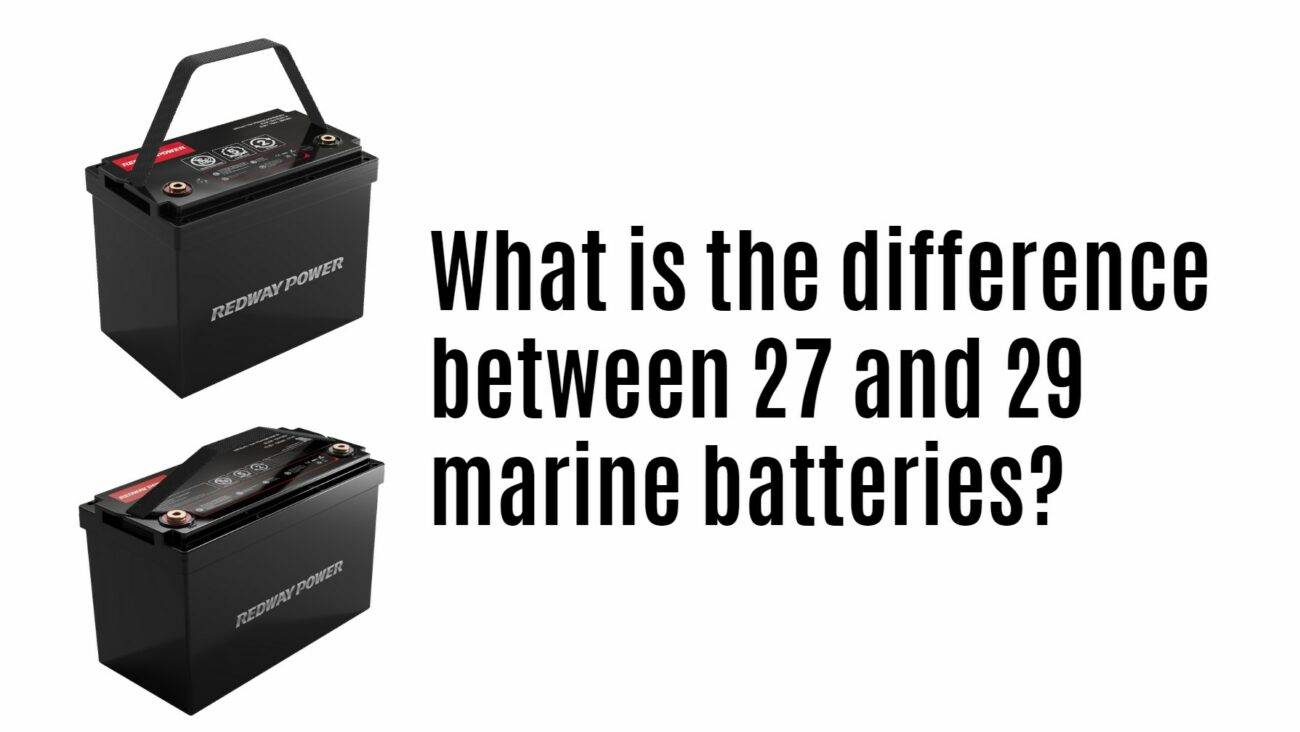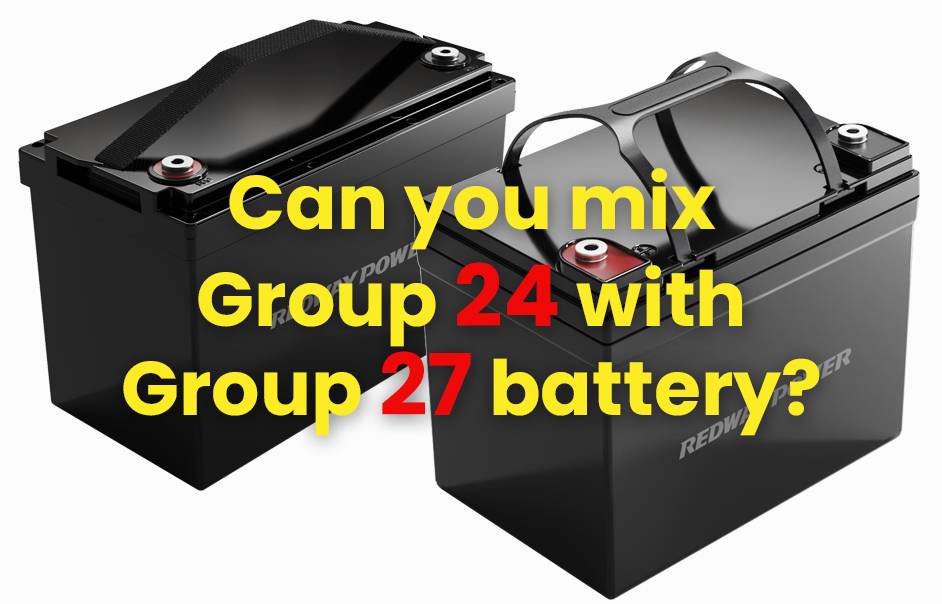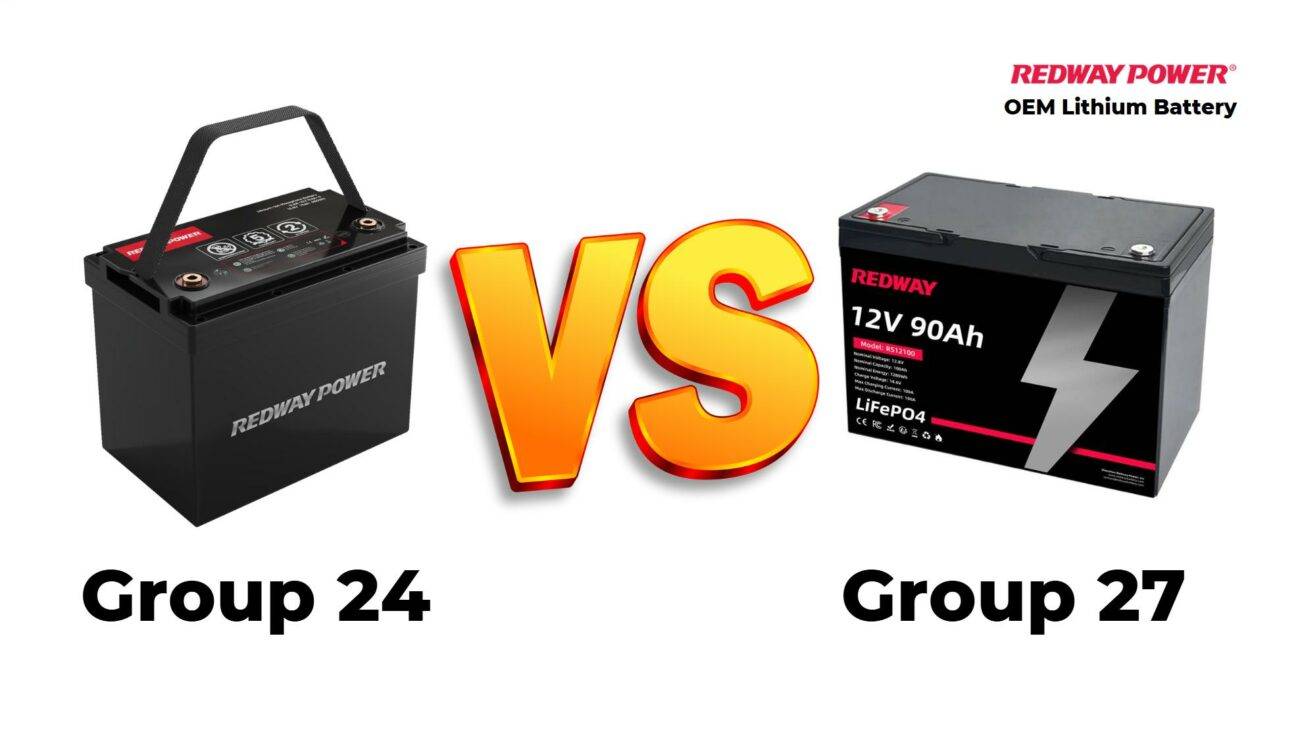- Forklift Lithium Battery
- Golf Cart Lithium Battery
- Rack-mounted Lithium Battery
51.2V 100Ah Rackmount LiFePO4 Battery
8000 times (80% DOD 0.5C)
Optional SNMP for TELECOM - Car Starter Battery
- 12V LiFePO4 Battery
12V 150Ah Lithium RV Battery
Bluetooth App | Self-heating
LiFePO4 | Group 31
UL 1642 | IEC 62619 - 24V LiFePO4 Battery
- 36V LiFePO4 Battery
- 48V LiFePO4 Battery
- 60V LiFePO4 Battery
60V 100Ah Lithium Battery (AGV, AMR, LGV)
Peak Discharge Current 400A
500 x 298 x 349 mm - 72V~96V LiFePO4 Battery
72V 100Ah Lithium Golf Cart Battery
Peak Discharge Current 315A (10S)
740 × 320 × 246 mm - Wall-mounted Lithium Battery
51.2V 100Ah 5kWh
Wall-mounted Battery532 x 425 x 170 mm / LiFePO4
>8000 Cycles (80% DOD 0.5C)
RS485 / CAN-bus
for Solar Home ESS - Home-ESS All-in-One
51.2V 32kWh
All-in-On HESS SystemPowerAll
51.2V / LiFePO4
>8000 Cycles (80% DOD 0.5C)
RS485 / CAN-bus / WiFi
All-in-One for Home ESS
Understanding Group 27 Batteries: Applications and Considerations
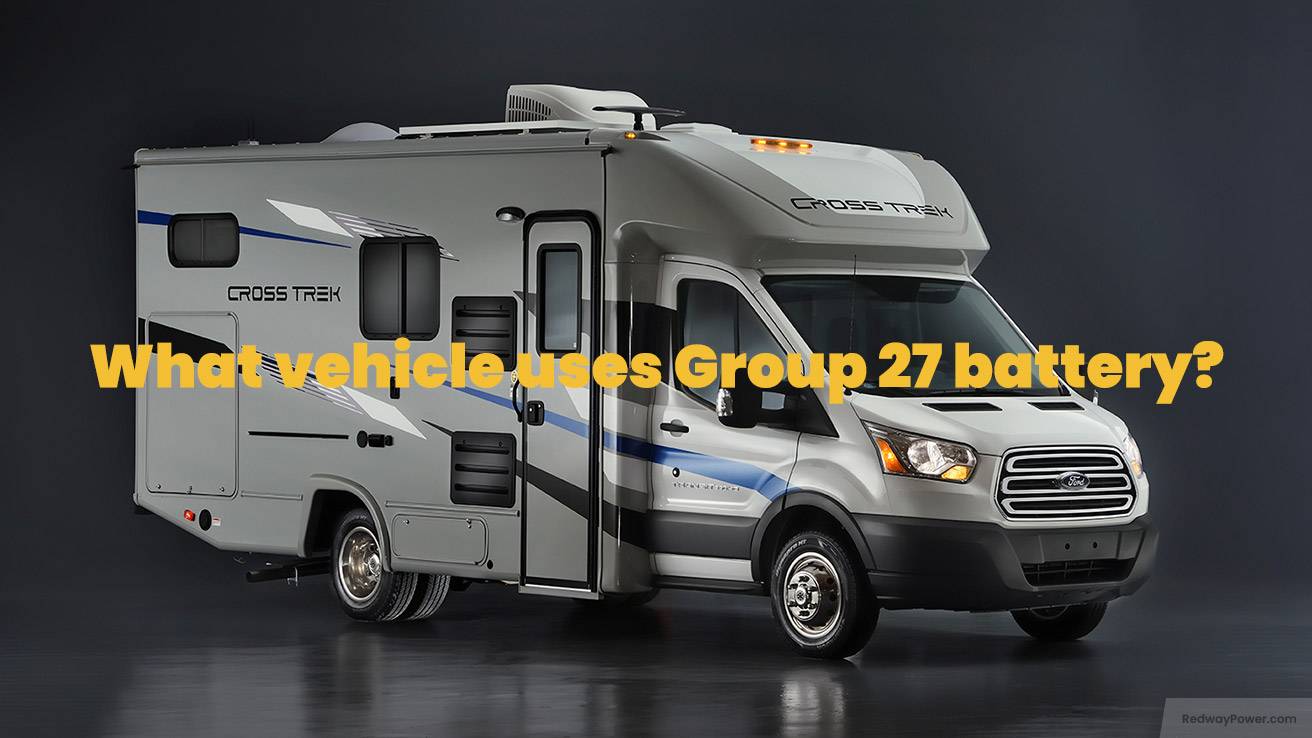
Group 27 batteries are a specific classification of lead-acid batteries widely utilized in various applications such as marine vessels, recreational vehicles (RVs), and backup power systems due to their robust capacity and reliability. Understanding their specifications, advantages, disadvantages, and maintenance needs is crucial for users seeking optimal performance.
What Are Group 27 Batteries?
Group 27 batteries are designed according to standards set by the Battery Council International (BCI) and are characterized by their size and performance specifications. They are commonly used in applications that require reliable power over extended periods due to their deep-cycle capabilities.
What is group 27 battery size?
A Group 27 battery measures approximately 12.0625 x 6.8125 x 8.875 inches (306 x 173 x 225 mm). It’s slightly smaller than Group 31 batteries but offers reliable performance for automotive, marine, and off-grid applications.
Typically, Group 27 batteries measure approximately:
- Length: 12.1 inches
- Width: 6.8 inches
- Height: 8.9 inches
They usually have capacities ranging from 85Ah to 105Ah, making them suitable for various high-demand applications.
What Are the Applications of Group 27 Batteries?
Group 27 batteries are used in RVs, marine vessels, off-grid solar systems, and backup power systems due to their high capacity and deep-cycle capabilities.
Group 27 batteries find extensive use across multiple sectors:
- Marine Applications: Powering boats with trolling motors or navigation systems.
- RVs: Providing energy for onboard appliances and lighting during trips.
- Off-Grid Solar Systems: Storing energy generated from solar panels for later use.
- Backup Power Systems: Serving as reliable power sources during outages.
What Are the Advantages of Using Group 27 Batteries?
Advantages include higher capacity, longer lifespan, and suitability for heavy-duty applications. They provide reliable power for extended periods.
Advantages include:
- Higher Capacity: Offers longer runtimes compared to smaller battery groups.
- Deep-Cycle Capability: Designed for repeated discharges without significant degradation.
- Versatility: Suitable for a wide range of applications from marine to industrial uses.
What Are the Disadvantages of Group 27 Batteries?
Disadvantages include larger size, heavier weight, and higher cost compared to smaller battery groups like Group 24.
Disadvantages may include:
- Weight: Heavier than smaller battery types can impact installation.
- Cost: Generally more expensive than smaller groups like Group 24.
- Maintenance Needs: Flooded types require regular maintenance to ensure optimal performance.
How Do Group 27 Batteries Compare to Other Battery Groups?
Group 27 batteries offer more capacity than Group 24 but are smaller than Group 31. They are ideal for applications requiring higher power demands.
When compared to other battery groups:
- Group 24 vs. Group 27: While both serve similar purposes, Group 27 offers greater capacity but is larger and heavier.
What Maintenance Is Required for Group 27 Batteries?
Maintenance includes regular terminal cleaning, checking electrolyte levels in flooded types, and proper charging practices to extend lifespan.
Regular maintenance practices include:
- Checking electrolyte levels in flooded batteries.
- Cleaning terminals regularly to prevent corrosion.
- Ensuring proper charging practices are followed according to manufacturer specifications.
What Innovations Are Emerging in Battery Technology Related to Group 27?
Emerging innovations include:
- Development of advanced materials that improve efficiency and lifespan.
- Enhanced recycling technologies aimed at recovering valuable materials from used batteries more effectively.
- Improvements in battery management systems that optimize charging cycles based on real-time conditions.
What Are Common Misconceptions About Group 27 Batteries?
Common misconceptions include:
- Assuming all lead-acid batteries perform equally; different designs serve different purposes.
- Believing that maintenance-free options do not require any monitoring; while SLA batteries need less maintenance, they still require periodic checks.
How Do Environmental Conditions Impact Battery Performance?
Environmental factors such as humidity and temperature can significantly affect performance:
- High humidity may lead to corrosion of terminals.
- Extreme temperatures can exacerbate wear and tear on battery components.
What Should You Consider When Choosing a Battery Type?
Considerations when selecting a battery type include:
- The specific application requirements such as power needs and expected usage patterns.
- Budget constraints for initial purchase versus long-term operational costs.
- Environmental factors that may influence battery performance over time.
Expert Views:
“Understanding the specifications and applications of different battery types is essential for making informed decisions,” states an industry expert specializing in energy storage solutions. “Group 27 batteries offer a balance of capacity and versatility that suits many users’ needs.”
News
Energizer Launches Industrial Lithium Group 27 Deep Cycle Battery
In April 2025, Energizer introduced the Industrial Lithium Group 27 Deep Cycle Battery (SLIL27-100DCM), designed for commercial applications requiring durability and longevity. This battery offers enhanced efficiency for demanding energy needs.
Expion360 Reports Significant Preorders for Next-Gen Lithium Batteries
In April 2024, Expion360 announced substantial preorders for its upcoming Next Gen Group 27 and GC2 Series Batteries, featuring proprietary Vertical Heat Conduction Heating Technology, driven by strong customer demand.
Europe Faces Challenges in Battery Material Recycling Potential
In December 2024, reports highlighted Europe’s potential to recycle enough battery materials for two million electric vehicles by 2030. However, high energy costs and insufficient financial backing may hinder this goal, affecting the strategic autonomy of battery production.
FAQs
- What types of applications use group 27 batteries?
- They are used in marine applications, RVs, off-grid solar systems, backup power systems, among others.
- How long do group 27 batteries typically last?
- With proper care, they can last anywhere from three to five years depending on usage patterns and maintenance practices.
- Are there any safety concerns with lead-acid batteries?
- Yes, improper handling or overcharging can lead to leaks or explosions; following manufacturer guidelines is essential for safety.
How to find a hard-to-match battery with Battery Finder?
How to inquire about battery compatibility or more info?
Where are BCI Group 27 batteries commonly used?
What cars do batteries like 65, 75/78, 24/24F fit?
What are the dimensions of battery groups 24, 27, and 31?

















